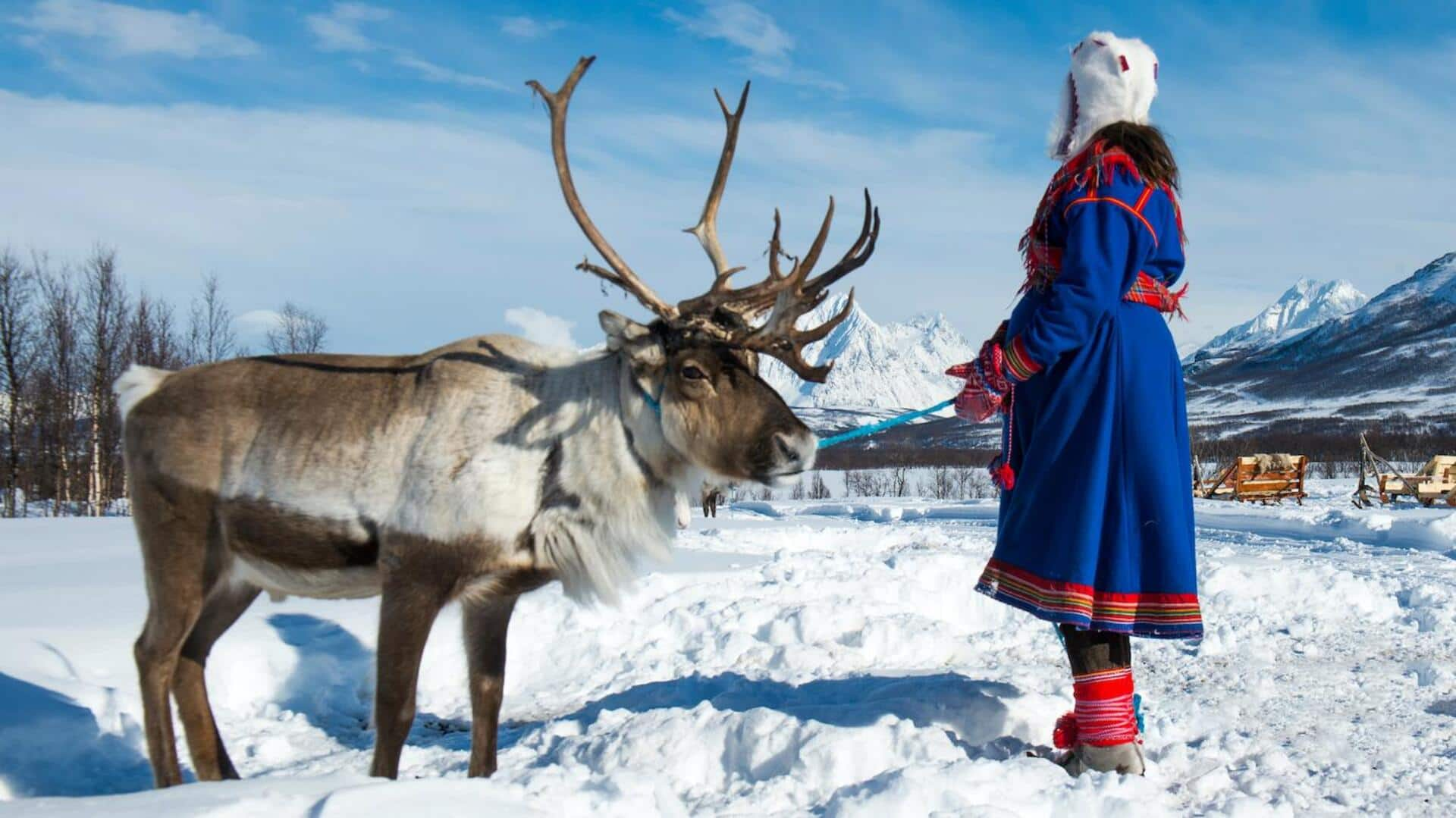
Reindeer herding: A timeless Sami tradition
What's the story
Reindeer herding is an integral part of the Sami culture, which has been practiced for centuries. The indigenous people of the Arctic region, the Sami, have developed unique techniques to manage and care for reindeer. These methods are not only practical but also deeply rooted in their cultural heritage. Understanding these techniques gives insight into how the Sami have sustainably coexisted with nature.
#1
Seasonal migration patterns
Sami herders follow seasonal migration patterns that are key to reindeer herding. During summer, herders lead reindeer to areas with abundant vegetation, while in winter, they guide them to sheltered areas where food is scarce. This practice ensures that reindeer have access to necessary resources throughout the year. The migration routes are carefully planned based on weather conditions and availability of food sources.
#2
Use of traditional tools
Traditional tools play an important role in Sami reindeer herding techniques. Wooden sledges are used for transporting goods across snow-covered terrain, while lassos are employed for catching individual animals when required. These tools are designed specifically for the Arctic environment, making them effective and efficient for managing herds.
#3
Knowledge of animal behavior
A deep understanding of animal behavior is crucial for successful reindeer herding. Sami herders observe the social structures and habits within their herds, allowing them to anticipate movements and needs accurately. This knowledge helps maintain herd health by ensuring that animals are not stressed or overworked during herding activities.
#4
Community involvement
Reindeer herding is also a community effort among the Sami people. Families come together during migration seasons or when large-scale movements are required. They share responsibilities such as monitoring herds or repairing equipment like sledges or lassos used during this traditional practice. Community involvement strengthens bonds between members while ensuring efficient management of resources needed for successful reindeer husbandry practices passed down through generations.